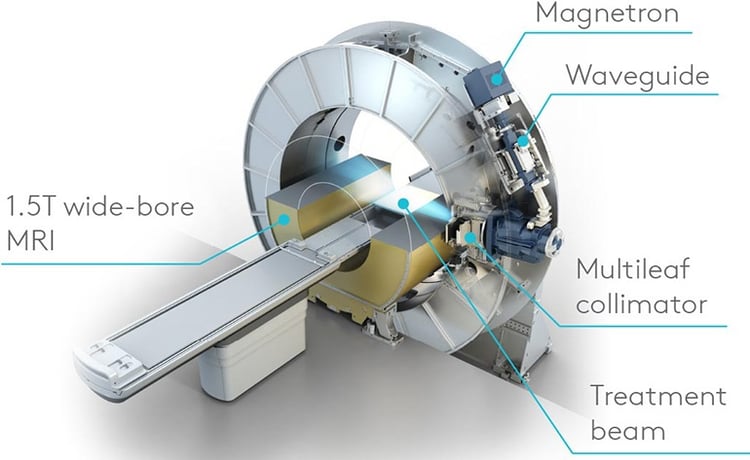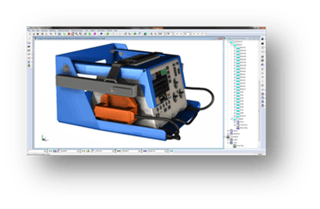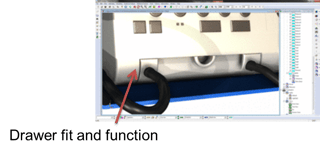Menu
- Solutions
- Videos
- Industries
- Software
- Support
- Careers
- Company
- Contact
DCS Solutions have a wide variety of applications. With the ability to simulate both assembly processes as well as part variation, 3DCS provides a more holistic analysis than many other products in the industry.
Many medical device manufacturers have utilized these features to meet high compliance standards and find build issues stemming from variation, before production. This can improve the overall quality and reduce issues during use, which could make a large impact on patient care.
By being able to do very comprehensive modeling, the other advantages we’ve seen is we’ve discovered sensitivities in areas we wouldn’t have expected you know well outside our region of interest that had influence, it’s also served as a quality check for our drafting process as well as allowing us to incorporate feedback from the manufacturing floor.
Avery M., Design Engineer
"3DCS saves lives."
A lofty statement, but perhaps, in the right hands, it really can contribute to saving lives.
Avery Montembeault, Dimensional Engineer at Philips Medical, demonstrated how the use of 3DCS to design medical devices can help to save lives.

This was done through the use of 3DCS in the design (DFMA, Design for Manufacture and Assembly) of the magnet system of the Elekta MR-LINAC, a combination MRI - Magnetic Resonance Imaging device and a unique radiation projector that allows doctors to view the internal structures of patients, and then project radiation onto the specific cancer sites within the patient's body.

Image courtesy of https://www.medgadget.com
This reduces the collateral damage most often associated with radiation therapy, as well as allowing a larger administration of radiation to the cancer zone to destroy the greatest amount of cancer with the least amount of damage to the patient.
Learn more about this life-saving device
 Issue: Front drawer of the device did not fit properly during assembly.
Issue: Front drawer of the device did not fit properly during assembly.
Solution: 3DCS was used to simulate the variation and perform iterative analyses on possible solutions. These were compared, using SpecStudies to determine the appearance of each solution.
Results: Choosing the best option, for manufacture and assemble-ability, as well as appearance, the customer was able to determine a design change to the hole/pin attachment at the rear of the drawer that allowed for enough float to keep tolerances from being too tight, while not sacrificing the drawer's function and appearance.
